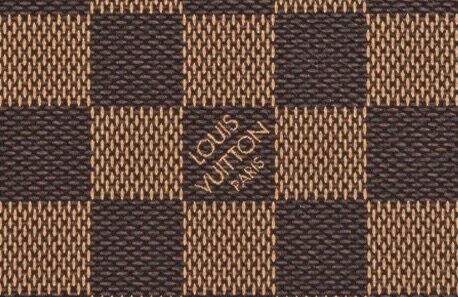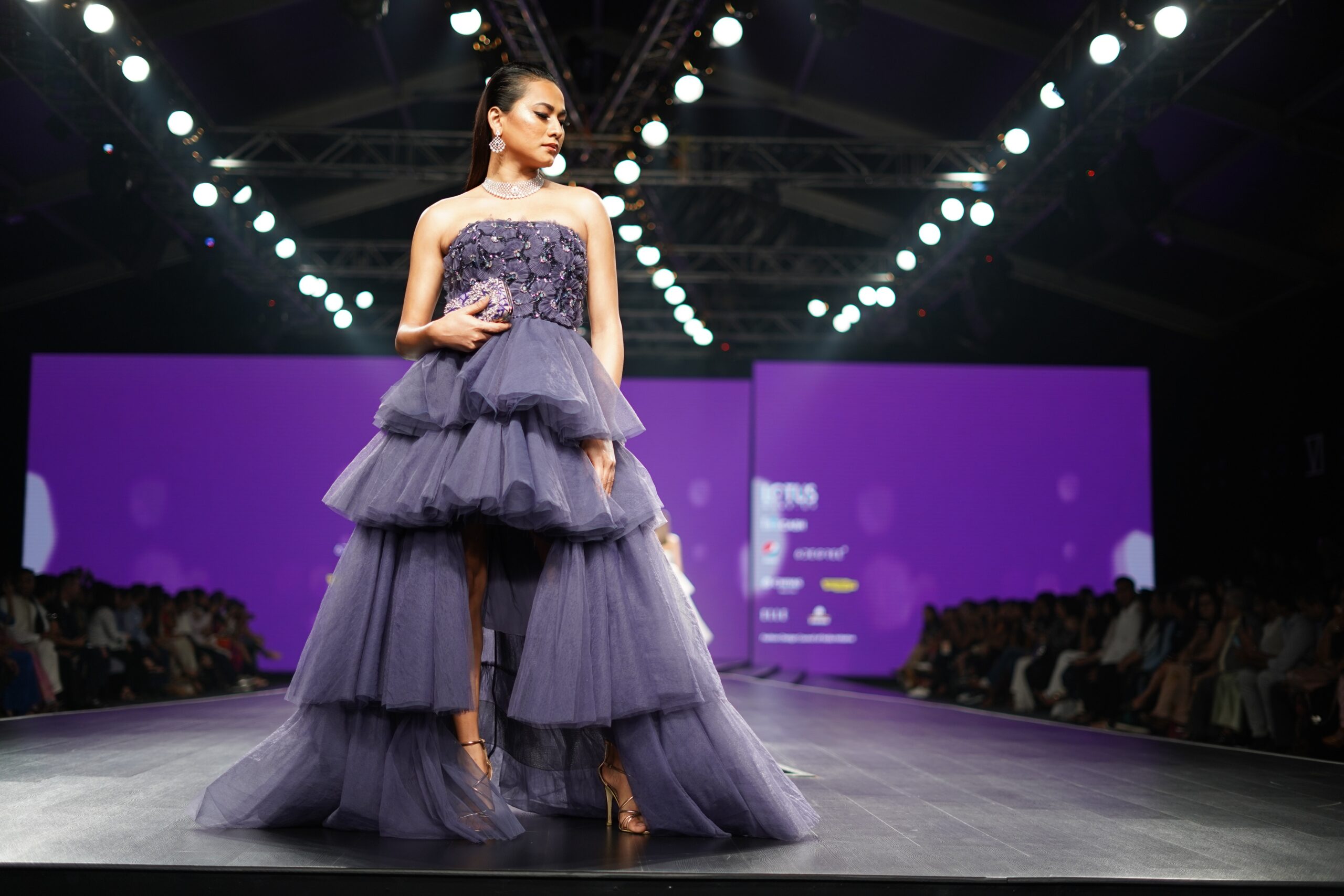The Pandemic has led every sector to reinvent, restructure and innovate themselves. With creativity and innovation being the heart of the fashion industry, fashion brands face a major challenge to still make themselves relevant in the current context.
“The pandemic has caused a shift in the way people engage with their clothing,” says Forbes-Bell. The shift has led people to choose clothes that they are physically and psychologically comfortable in and hence we can see an increase in trends related to loungewear and athleisure. The difficulty to connect with their customers and make their brand stand out in the cutthroat market has not been easy for all brands to adapt to. COVID-19 has torn apart the fashion calendar and caused fashion heavyweights to postpone or outright cancel their shows.
Anthony Vaccarello, the creative director at Saint Laurent, wrote in an Instagram post “Now more than ever, the brand will lead its own rhythm.” The Phygital – physical and digital fashion weeks have made big fashion houses reshape their structure and align them with contemporary needs. The hybrid transformation in the fashion industry has made Fashion brands rethink how they stand out, lead the conversation, engage their communities, and communicate their brands, ideas, and creative output. Beyond showcasing and selling their collections, they now need to consider how to create ongoing, lasting, and culturally relevant conversations, both offline and on social. This has aided the fashion brands to increase their outreach and interact with a wider potential customer base. Live sessions and Q&A with influencers, fashion podcasts, social media take over by ambassadors, viral challenges have made the customer recognize and connect with a brand’s identity.
The digitization of fashion is not something new but Burberry has streamed its shows online for over a decade. The hybrid fashion week has created various new opportunities to explore the digitization world with the help of virtual reality and 3D technology. It has opened for an unseen reality where there is ample scope for creativity, innovation, and prospects. The exclusivity that fashion brands always stood for has been blurred with the new reality. The brand’s identity is defined by their creativity, inclusivity, and work which at all times is under the public eye for debate.
But the difficulty lies in making sure the audience has a lasting experience both physical and virtual. Fashion week prior was always about budget, a beautiful expensive venue, with the most famous models, and an amazing front row of influencers, editors, and socialites. For the first time, the brands will be on the same playing field because they may spend millions of dollars on a video but if the video is bad, they can’t hide behind such secondary factors that goes into a regular fashion show. Fashion week is about dressing up, getting clicked on the streets by paparazzi, networking with people over parties which is difficult in digital reality. The traditional notions of Fashion week have been challenged and need to adapt to the new reality.
Adaptability- the only way ahead
The pandemic has made it impossible to organize fashion weeks as they used to be earlier. During such a health crisis, even hosting a fashion week, the brands may receive major backlash. The brands need to find a way to be relevant in the current scenario. The Copenhagen Fashion week was one of the first hybrid fashion weeks that is, which was broadcasted digitally and held physically. The designers got to showcase their idea and creativity on a larger scale than before. CPHFW has planned to set action and guidelines to push the fashion industry into sustainability till 2023 and adopting the 17 minimum sustainability standards. The standards of sustainability and change were the center of conversation in this hybrid fashion week.
To ensure a remarkable experience the designers have shifted the focus from only catwalk and presentations to Instagram live sessions, virtual showrooms have helped connect a lot of people around the world. Now, the customer will not only be buying the products but also watching, talking, and participating in the fashion weeks. A promising show and collection will help create a buzz over digital platforms.
Some positive views on this new reality are,
“By creating a cultural Fashion Week platform, we are adapting digital innovation to best fit our needs today and something to build on as a global showcase for the future,” Caroline Rush, the chief executive of the British Fashion Council.
“Digital is clearly part of the shape of fashion to come and we will take it as an opportunity for innovation to complement tradition,” Ralph Toledano, the president of the FHCM.
“The idea that this season I will present the collection with a digital tool gives me great energy and freedom of thought because I can finally enter directly into people’s place,” Alessandro Sartori, artistic director of the Ermenegildo Zegna Group.
“There’s resilience in fashion, Fashion is about reinventing itself.” Steven Kolb, CEO of the Council of Fashion Designers of America.
The fashion industry adapted very quickly recognizing the importance of live and digital shows. During the darkest times, creativity and innovation have bought light and hope to the fashion industry.
Challenges with changing reality
The fashion industry has seen new challenges emerging every day in the past few years. From keeping up with supply to falling demand in a pandemic, from making workers work overtime to laying off workers in a pandemic, from trending design to comfortable clothes, the tests are unlimited. The shift from live shows to digital shows wasn’t initially not accepted by a lot of brands. Most of the big brands like Off-White, Giorgio Armani, Balenciaga were reluctant to have digital fashion week in 2020. But with rising demand for hybrid fashion weeks and its popularity, most major houses reshaped their brand identity. There are still some Brands that are reluctant to change and only time can tell if they will be able to survive.
Now with the increased transparency in the industry and customers, there are various challenges that the designer has to be ready to deal with. Digital fashion week might not be able to create the same excitement, atmosphere, or energy that a physical fashion week has, so designers need to explore the creativity and organize shows which will be able to fill this gap. Some people are also predicting that this is the end of fashion weeks and brands might stop season collection and produce clothes throughout the year. This seems like an exaggeration but with changing winds this too could be a possibility shortly.
Phygital Fashion week- the new reality?
The rising trends with fewer people in physical shows and a large audience connecting from 100s of counties have gained a lot of popularity. But brands are still finding it difficult to reach their targets and the demand has also been low. With a larger number of audiences, the criticism faced by designers has increased. The sustainability standards, inclusivism and representation of all communities, willingness to adapt, innovative design of all fashion houses is subject to scrutiny.
Fashion brands need to keep up with the customers and the customers are online. Live experiences will mean physical and digital experiences. Fashion houses have a whole new area to explore and reinvent their brand identity. Phygital aspect has been a blessing in disguise. It will help the designers to present their ideas directly to the customers sitting at their home. Fashion houses now need to align their brands with social, economic, and cultural guidelines. Now, with fresh perspectives and innovations, there is a chance for fashion houses to prioritize sustainability.
Phygital v Physical Fashion Week:
The young fashion consumers have not connected to the brand exclusivity or logo anymore, they prefer trendy, fashionable, and comfortable clothes. During the pandemic, a lot of small businesses on Instagram and social media websites boomed and the only reason was their online presence and connection to customers. They were able to interact with a large audience and be relevant in the current scenario. The phygital fashion weeks are an evolution of physical fashion weeks. In Phygital fashion weeks, the fashion houses get a chance to connect with a wide audience, express their creativity through clothes, become more sustainable and inclusive. There is a lot of scope for creativity and innovation to present their designs and clothes with the help of virtual reality. But the shift will not be easy. Getting clicked on the streets, socializing at parties, excitement to get ready, roaming the streets with new designer clothes all these things cannot have the same impact digitally. Fashion houses need to find a way to connect with their customers and keep them engaged. The use of technology will play a crucial role in the fashion industry’s advancement. The Phygital fashion week has created numerous opportunities in the fashion industry that need to be discovered but at the same time, they need to find a way to make the Phygital experience as remarkable and mesmerizing as the physical one.
References:
- Eliseé Browchuk (2020, June 29) Digital Fashion Weeks and Virtual Shows: A Rundown of Fashion’s New Rhythm, Vogue. https://www.vogue.com/article/digital-fashion-weeks-2020
- Mike White (February 24, 2021) How brands stood out in the digital chaos of Fashion Week, Campaign. https://www.campaignlive.co.uk/article/brands-stood-digital-chaos-fashion-week/1708267
- FORECASTING FASHION WEEK: The Future of Runaway, Global Fashion Agenda. https://www.globalfashionagenda.com/forecasting-fashion-week-the-future-of-the-runway/#

















